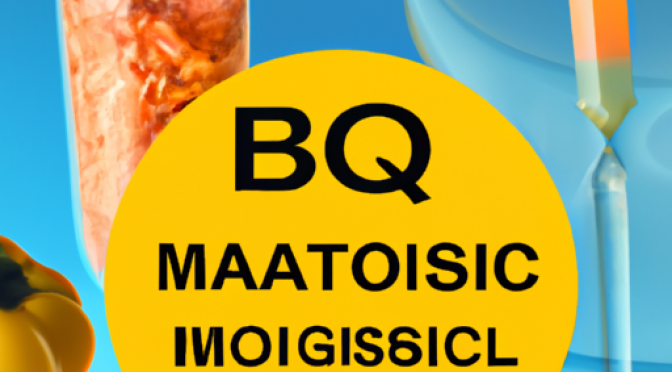Introduction
Artificial Intelligence (AI) has revolutionized various industries, and its impact on the field of genetic engineering is no exception. In recent years, AI has been increasingly utilized to develop genetically modified organisms (GMOs) for non-food applications, such as the production of bioplastics. This article explores the role of AI in this process and highlights its potential benefits.
Understanding GMOs and Bioplastics
Genetically modified organisms (GMOs) are living organisms whose genetic material has been altered through genetic engineering techniques. These modifications are aimed at introducing desirable traits that are not naturally present in the organism. Bioplastics, on the other hand, are a type of plastic derived from renewable sources, such as plants, and are considered more environmentally friendly compared to traditional petroleum-based plastics.
The Role of AI in GMO Development
AI plays a crucial role in the development of GMOs for non-food applications like bioplastics. By leveraging machine learning algorithms and big data analysis, AI can analyze vast amounts of genetic information and identify patterns that humans may not easily detect. This enables scientists to design GMOs with specific traits that are desirable for bioplastic production.
Genetic Data Analysis
AI algorithms can analyze genetic data from various sources, including DNA sequencing, gene expression data, and protein structures. By identifying correlations and patterns within this data, AI can help scientists understand the complex relationships between genes and traits relevant to bioplastic production. This knowledge is crucial for designing GMOs with enhanced characteristics, such as increased polymer production or improved biodegradability.
Predictive Modeling
AI can also be used to create predictive models that simulate the behavior of GMOs under different environmental conditions. By considering factors such as temperature, nutrient availability, and light intensity, these models can predict the performance of GMOs in bioplastic production. This allows scientists to optimize the genetic modifications and cultivation conditions to maximize bioplastic yield and quality.
Potential Benefits of AI in GMO Development
The utilization of AI in GMO development for non-food applications like bioplastics offers several potential benefits:
Efficiency and Speed
AI algorithms can process and analyze genetic data much faster than humans, significantly reducing the time required for GMO development. This accelerated process enables scientists to explore a wider range of genetic modifications and select the most promising candidates for bioplastic production.
Enhanced Precision
AI’s ability to identify subtle patterns in genetic data allows for more precise genetic modifications. This precision can lead to GMOs with enhanced bioplastic production capabilities, improved biodegradability, and other desirable traits.
Cost Reduction
By streamlining the GMO development process, AI can help reduce costs associated with research and development. This cost reduction makes the production of bioplastics more economically viable, potentially driving wider adoption and contributing to a more sustainable future.
Conclusion
AI has emerged as a powerful tool in the development of GMOs for non-food applications like bioplastics. By leveraging AI’s capabilities in genetic data analysis and predictive modeling, scientists can design GMOs with enhanced traits for bioplastic production. The potential benefits of AI in this field include increased efficiency, enhanced precision, and cost reduction. As AI continues to advance, its role in GMO development is expected to grow, further accelerating the progress towards sustainable and environmentally friendly solutions.

